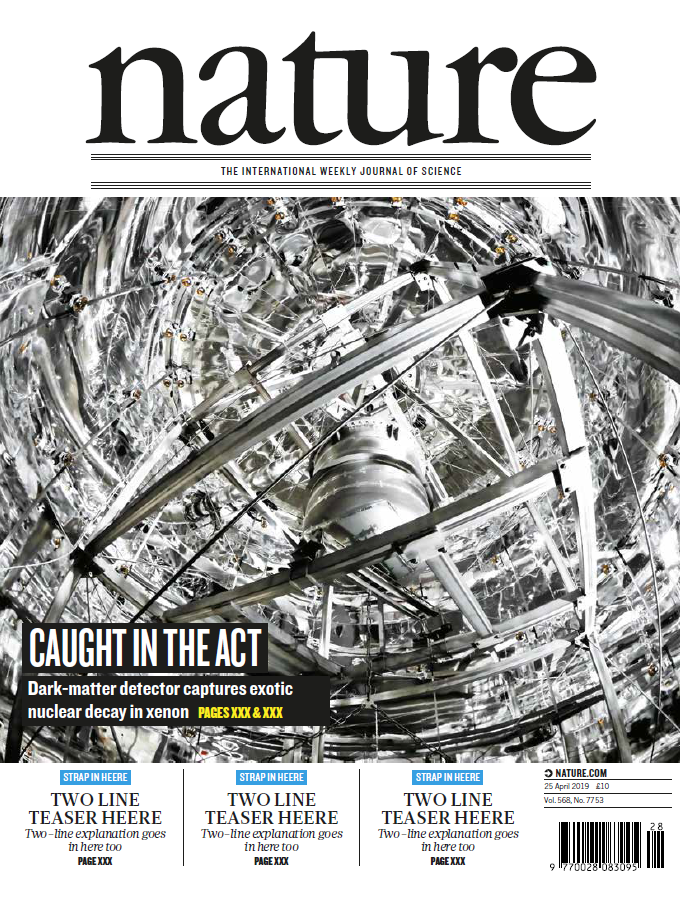This extraordinary fact was published on April 25, with cover honor, in Nature, the most prestigious of all scientific journals. The isotope in question is Xe 124 and its average lifetime (ie, the time it takes to disintegrate half of its mass) is approximately one billion (millions of millions) times older than the Universe.
The Universe is about 14 billion years old, an inconceivable period of time compared to the scale of human life.
As if that alone wasn't enough of a wonder, there are radioactive isotopes (unstable elements that change over time, emitting radiation) whose half-life takes place on scales much larger than the existence of the Universe itself.
"The fact that we are able to directly measure a process as rare as this one demonstrates the extraordinary reach of our measurement system, even when it was not made to measure these events, but dark matter", stresses José Matias, coordinator of the Portuguese team in this effort. international and researcher at the Laboratory of Instrumentation, Biomedical Engineering and Radiation Physics (LIBPhys) of the Faculty of Science and Technology of the University of Coimbra.
In fact, this measurement was only possible thanks to the XENON1T system, the most sensitive instrument ever produced by mankind for the detection of dark matter.
It is installed in the National Laboratory of Gran Sasso (Italy), the largest underground laboratory in the world, under 1300 meters of rock to shield the system from the cosmic rays existing on the surface.
The study that the Nature published shows that, after all, “the XENON1T was also capable of measuring other rare physical phenomena, such as double electronic capture. In this case, the nucleus captures two of the electrons that orbit it in the atom, transforming two of the protons that constituted it into neutrons and emitting radiation in the form of two neutrinos. The energy released in this process forms the signal that the system registers, despite the extreme difficulty in being detected due to their rarity, and can in general be masked by the omnipresent “normal” radiation”, says the also vice-president of the Instituto Superior de Engenharia de Coimbra (ISEC).
The measure of the average lifespan of the Xe 124
Only with detailed knowledge of the radiation sources recorded by the detector, it was possible to observe 126 events of double electron capture of the isotope Xe 124 and thus determine for the first time its average lifetime of 2,5 x 1022 years (25 thousand billions of billions of years).
This is the longest physical process ever measured directly by humanity. In fact, there is a record of a phenomenon with a longer half-life (isotope Te 128) in the Universe, but it was indirectly inferred from another process.
For now, it is not possible to predict the implications of this discovery that opens new horizons in human knowledge.
The XENON consortium is made up of 160 scientists from 27 research groups in the US, Germany, Portugal, Switzerland, France, Netherlands, Sweden, Japan, Israel and Abu Dhabi. Portugal has been a partner in this collaboration since its beginning, in 2005, through the LIBPhys team.
Author: Cristina Pinto (Press Officer – University of Coimbra/Faculty of Science and Technology)
© 2019 – Science in the Regional Press / Ciência Viva




















Comments